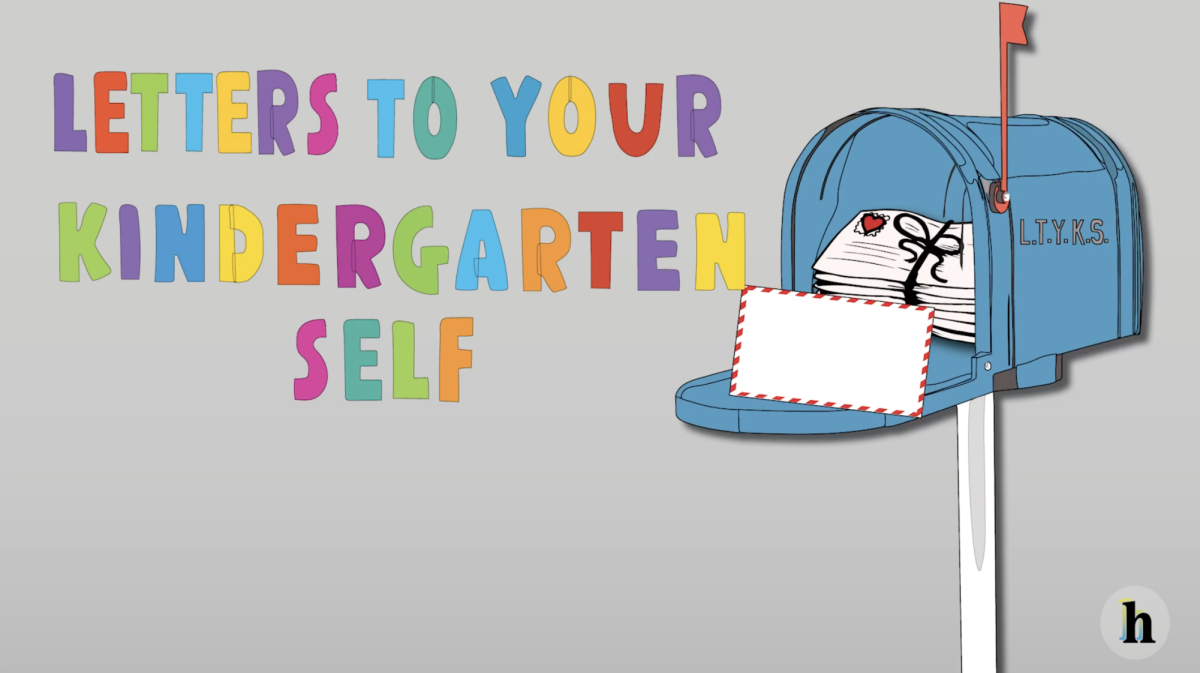This review contains spoilers from the film Ne Zha 2
Ne Zha 2, the sequel to an animation adaptation of a popular Chinese myth, continues the story of a boy born from a ball of flesh who possesses supernatural powers, a fiery temperament, and violent tendencies.
I had thought the first movie was well done–and it is so so rare for a sequel to surpass the first in terms of storytelling and ability to hold engagement, especially if it involves reviving a character and following his post-self-sacrifice story. This movie did all that and more.
So it is safe to say that Ne Zha 2 far exceeded my expectations, and here’s why:
Animation
From the first ten minutes, I was floored!
The movements are all super natural-looking and fluid, the fight scenes are flawless, and the attention to detail that the director (JiaoZi) and crew pay to each scene is genuinely so impressive. In the beginning invasion scene, when the viewers are taken miles away from the main battle to where the lotus is, I could still see the shapes of all the demons falling down the lava. From the carvings on the pill-making cauldron to the facial pores on a close-up shot, I genuinely thought the animation was amazing.
The facial expressions were well done, too, and the emotions were all very vivid. I do think having Ao Bing (The Dragon King of the East’s son) imposed onto Ne Zha’s body was a choice, but I guess it was meant to be unsettling, so it’s okay.
And I just searched it up, and the film had 138 animation companies and over 4,000 crew working on the animation, which explains the quality. Really amazing stuff in my opinion!

Story
The story follows Ne Zha and Ao Bing after the dragon rulers of the four seas wage a battle against Chentang Pass, wrecking Ao Bing’s body right after his revival. Ne Zha, with Ao Bing’s spirit in his body, flies to Yu Xu Palace to complete three trials that will make him immortal and give him an elixir that will restore Ao Bing’s body.
I think the story follows an engaging structure, having the three trials that keep building in difficulty, with the trials near the end tying back to the characters we saw in the beginning. The narrative was also very heavily based on miscommunication–which normally I’d find frustrating, but this movie makes it comedic a lot of the time. The end also showed that the miscommunications that occurred were intentional, so even if it did piss anyone off in the beginning, it would’ve been fine at the end.
I think JiaoZi’s ability to make a movie so comedic and also so sentimental was impressive as well. I was laughing throughout the whole movie and I think I cried like three times. I definitely recommend bringing tissues if you are a movie-crier like me…
The twist, on the other hand, I thought was pretty easy to predict; it follows a pretty common misdirect–the demons that the people in the Yu Xu Palace were trying to lock up hadn’t been doing anything wrong, and it was the immortal with the big forehead that runs the Palace that had evil intentions. I thought it was fine because the movie wasn’t advertised as having a crazy twist.
My one bone to pick was that given the animation and story style, I had been really impressed throughout the movie with how they kept the scenes fairly non-cringe until the very last scene. I wish they’d spent more time making sure it wouldn’t be cringey because I was really trying not to, but it lowkey was. Maybe that’s the charm, I don’t know, I just think that the very last scene with Ne Zha and Ao Bing staring at the horizon felt out of place.

Lessons
My last little portion of this review is about the messages behind the movie, which I think are incorporated in a way where they are more subtly expressed, which is fine because I think the movie focuses more on the storyline and the comedy anyway, and teaching life lessons wasn’t necessarily a big focal point for the director.
But ultimately, I did like how the movie draws in lessons that are applicable to society today with concepts like defiance against oppression and authority when there is injustice, Ne Zha illustrating youth and finding self-identity, and also equality when they talk about trying to create a new world balance where demons are not discriminated against.
My friend had also pointed out something interesting: the lid of the pill-making cauldron had a symbol that kind of looked like a dollar sign on it and could’ve been a really subtle message about capitalism and greed. I didn’t look too much into this message, but it’s interesting to think about.
I think they also just slightly touched upon Ne Zha’s appearance compared to his inner qualities. With kind of an off-putting demeanor and dark circles around his eyes, he’s regarded a lot of the time as “ugly,” and I wish the film did some more with that, instead of just giving him his “final form” and the end and making him more conventionally attractive. And older looking, because before, he looked like a kid. I think the message there that looks shouldn’t define a person didn’t come through, so that was another thing I was a little bit iffy on. Overall, though, I thought the messages came through well.
Overall experience
When I tell you every Asian person and their entire extended families were in that theatre, I’m not lying. I saw family friends from when I was five and rarely ever see now; I saw my parents’ coworkers and their friends, friends of friends, a kid I’d tutored English with… It was kind of crazy.
Seeing everyone there, I really do think this movie is a source of pride for a lot of Chinese families, and that’s something that is really so special about film. It reminds me how connective art can be, and it was a beautiful experience to talk to people I hadn’t seen in so long walking out of that movie theatre.
But whether you are Chinese or not, Ne Zha 2 is still a really high-quality, engaging watch. I definitely recommend it!
On this blog, members of the Carmel High School chapter of the Quill and Scroll International Honorary Society for High School Journalists (and the occasional guest writer) produce curations of all facets of popular culture, from TV shows to music to novels to technology. We hope our readers always leave with something new to muse over. Click here to read more from MUSE.


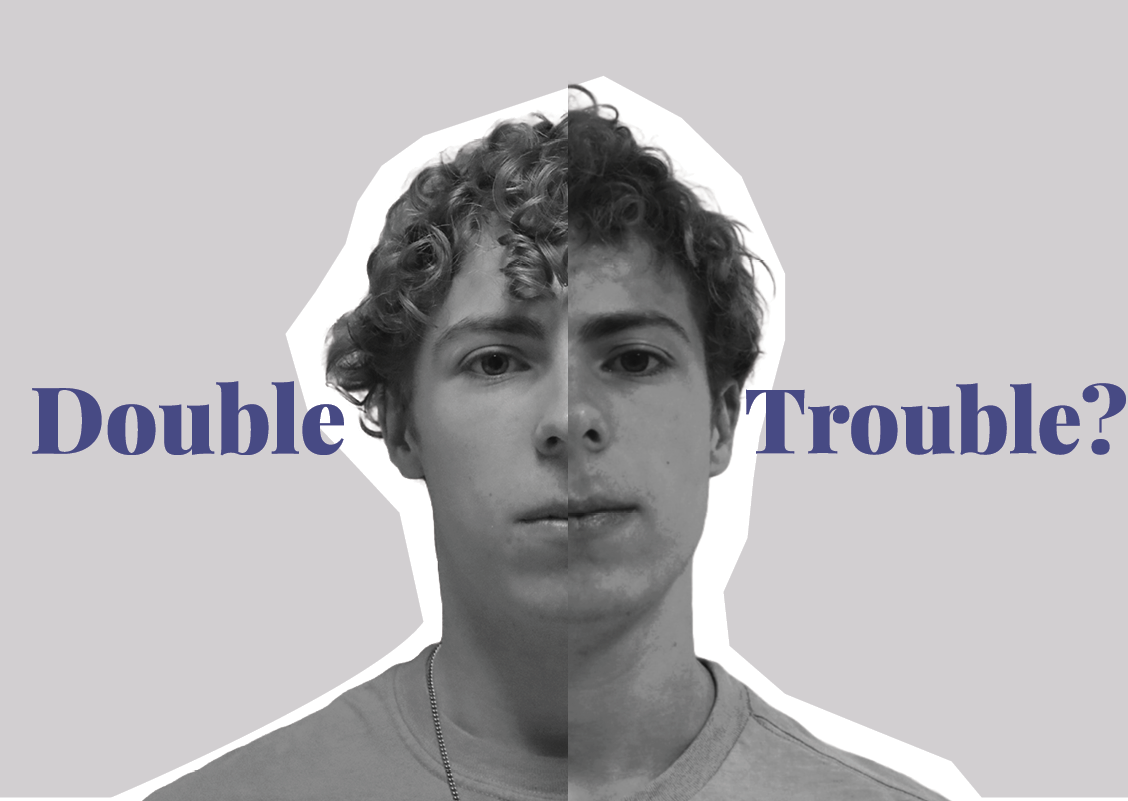
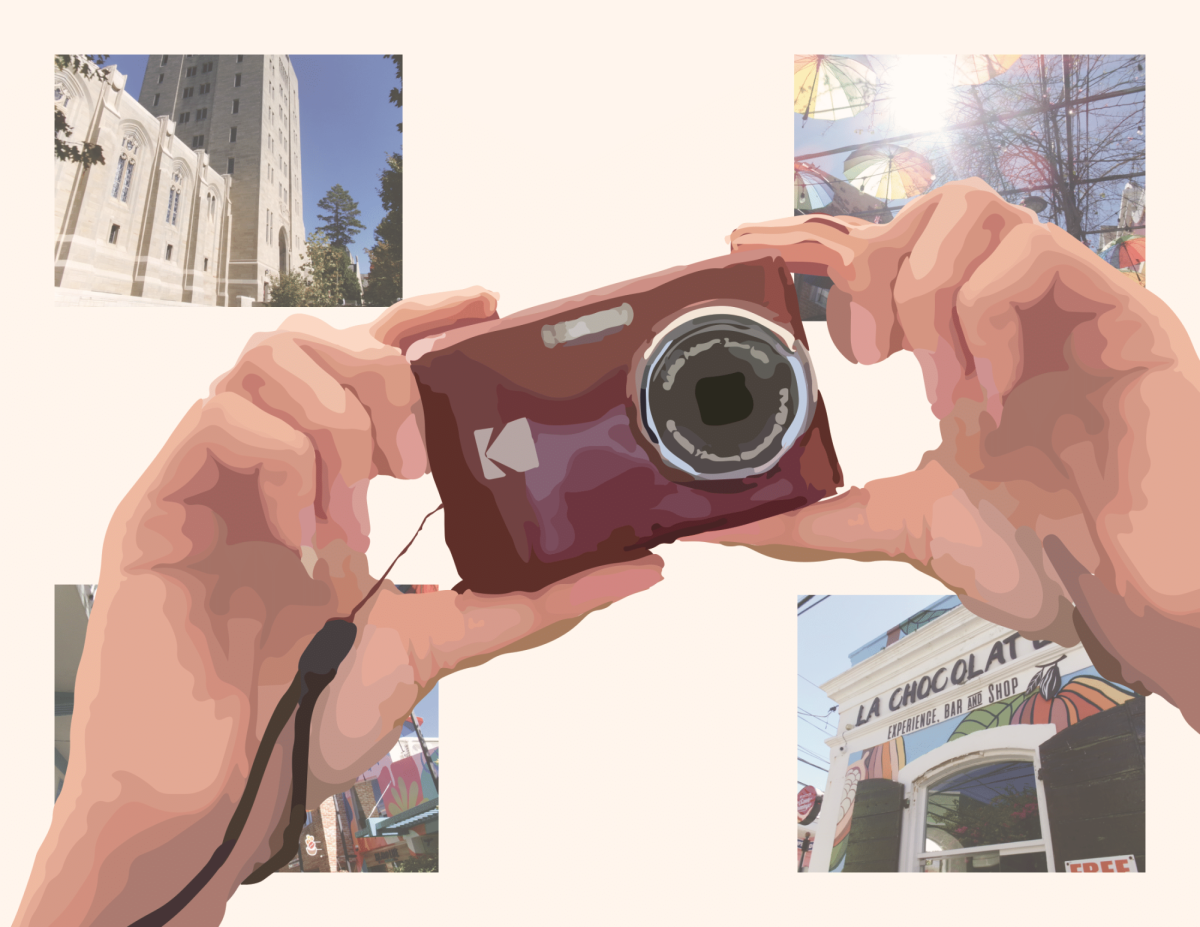
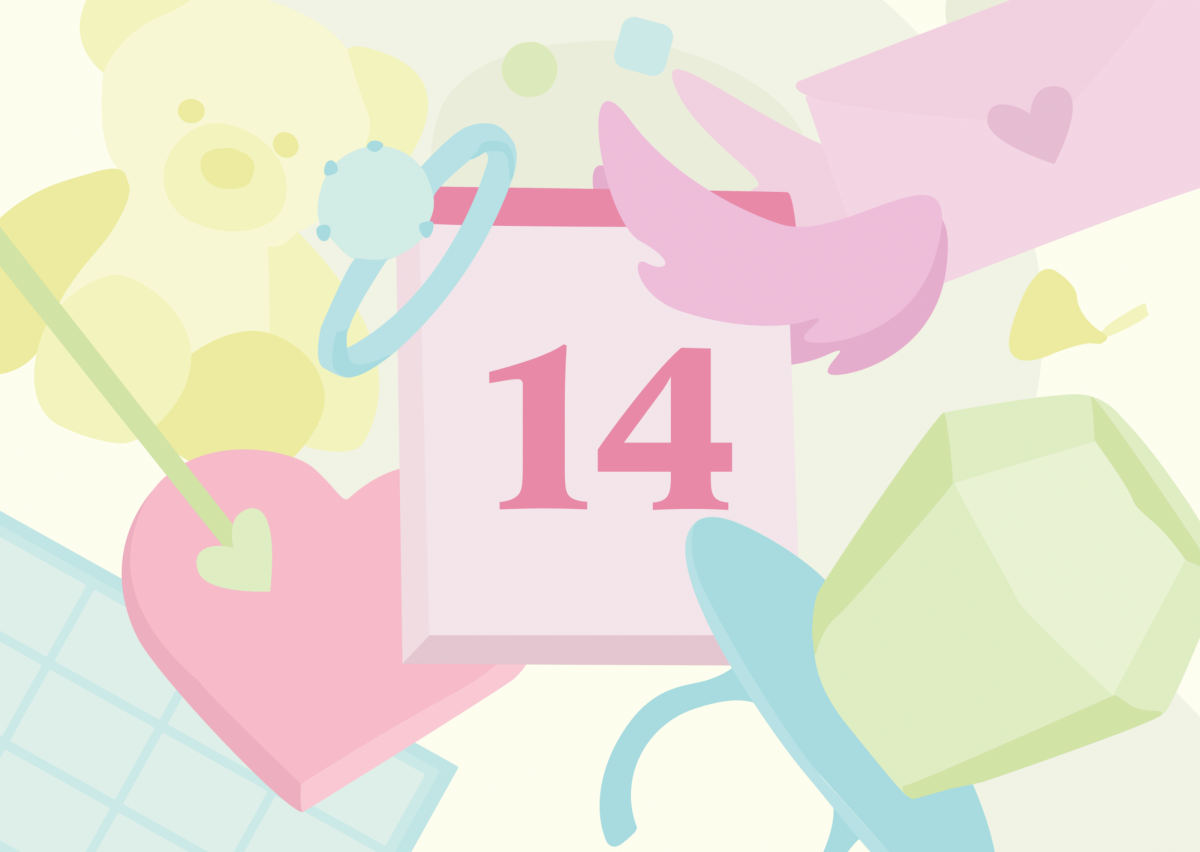
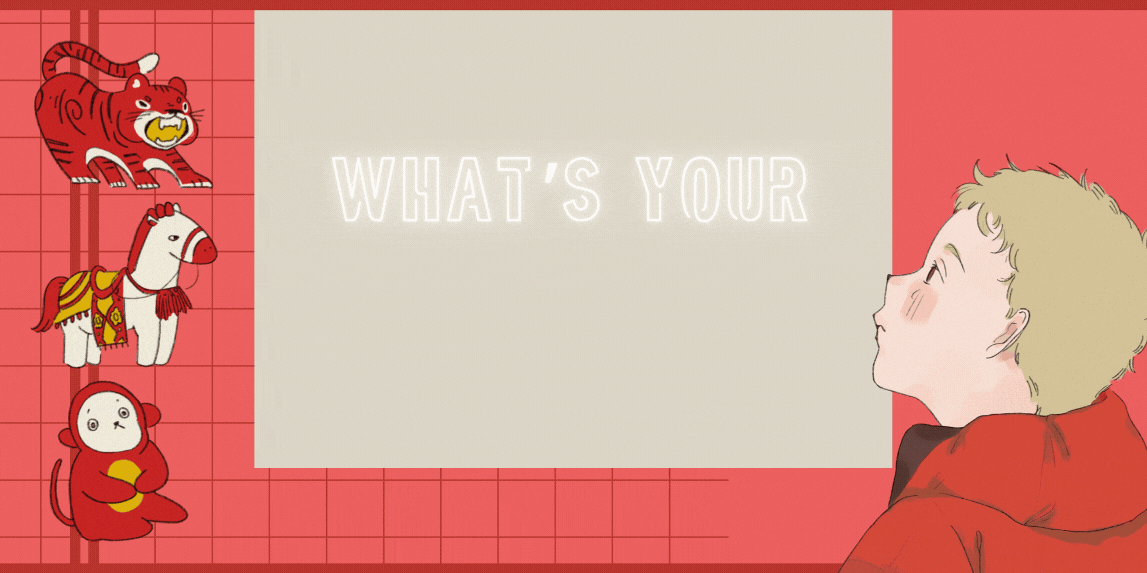

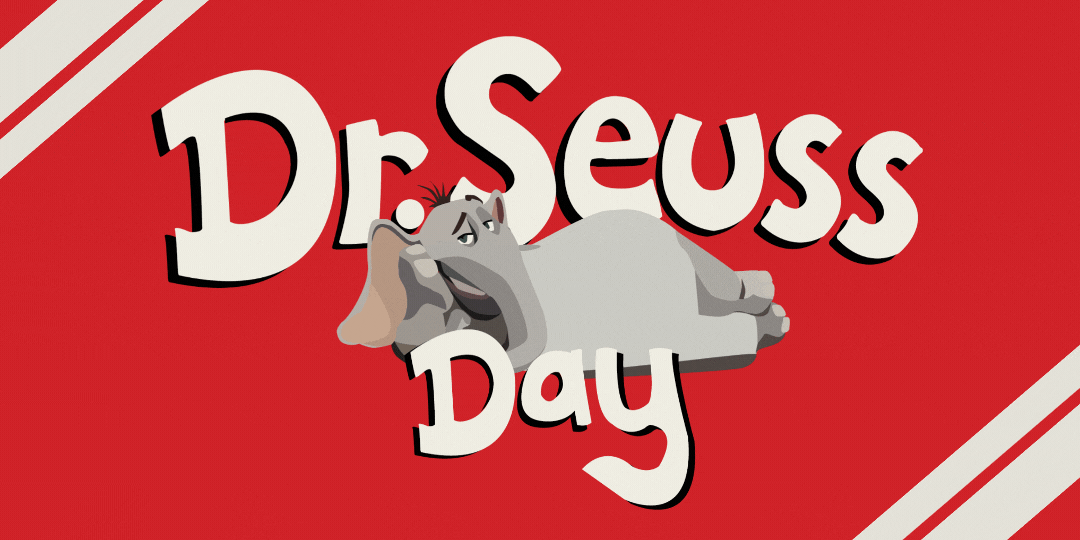
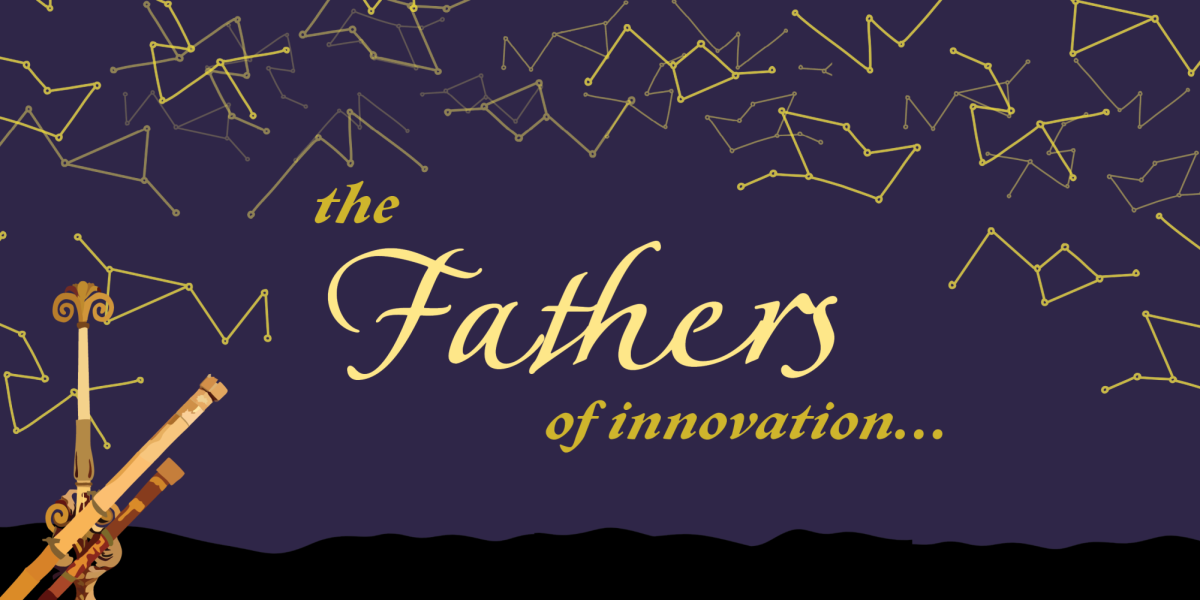








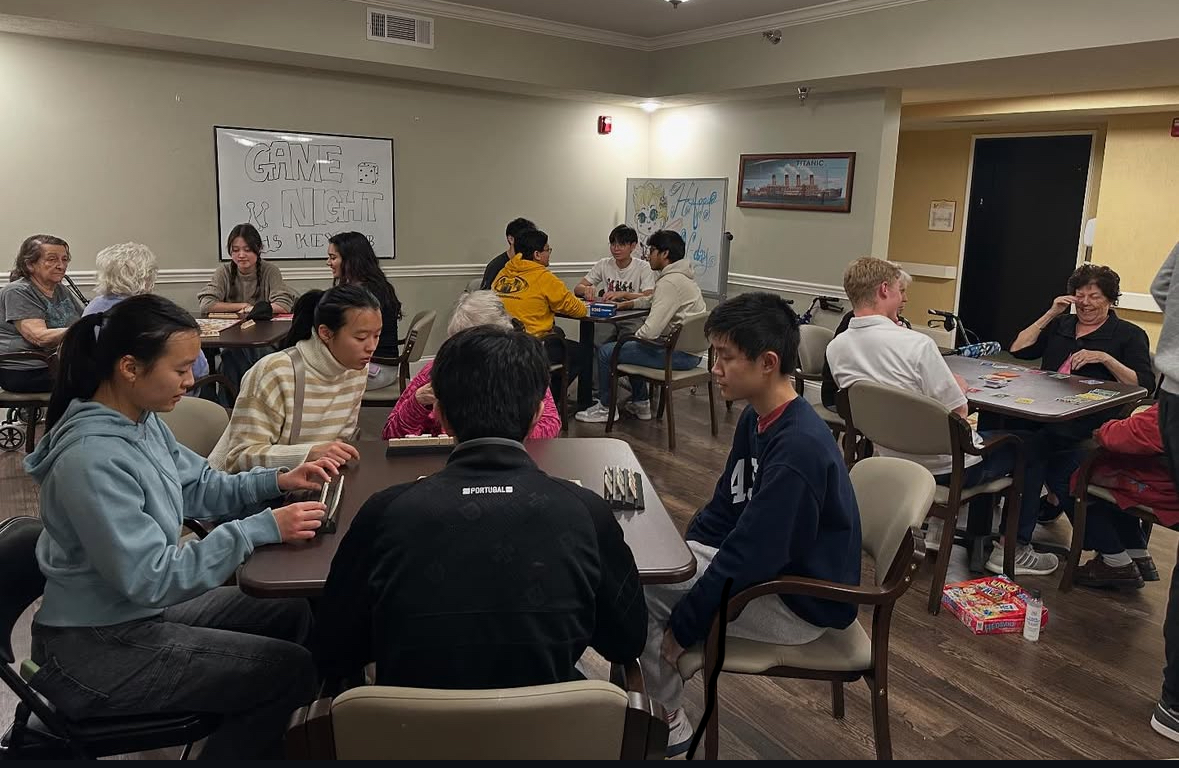

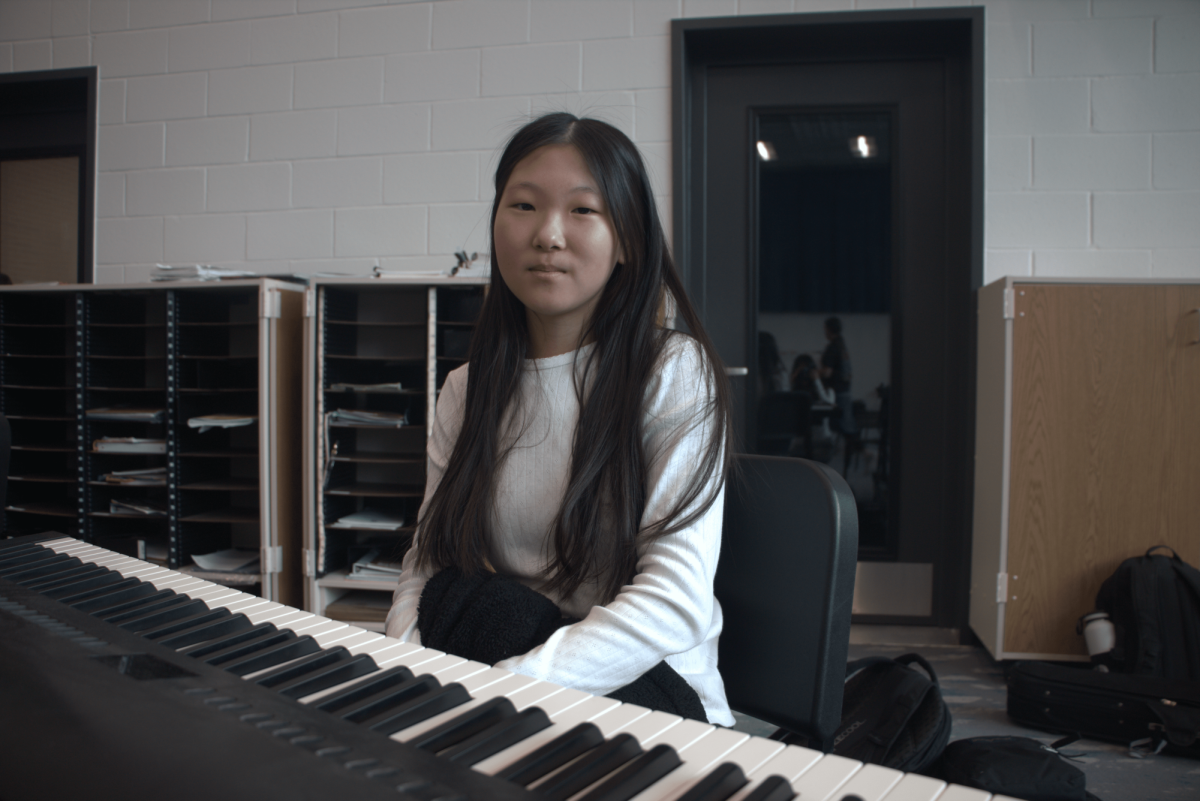

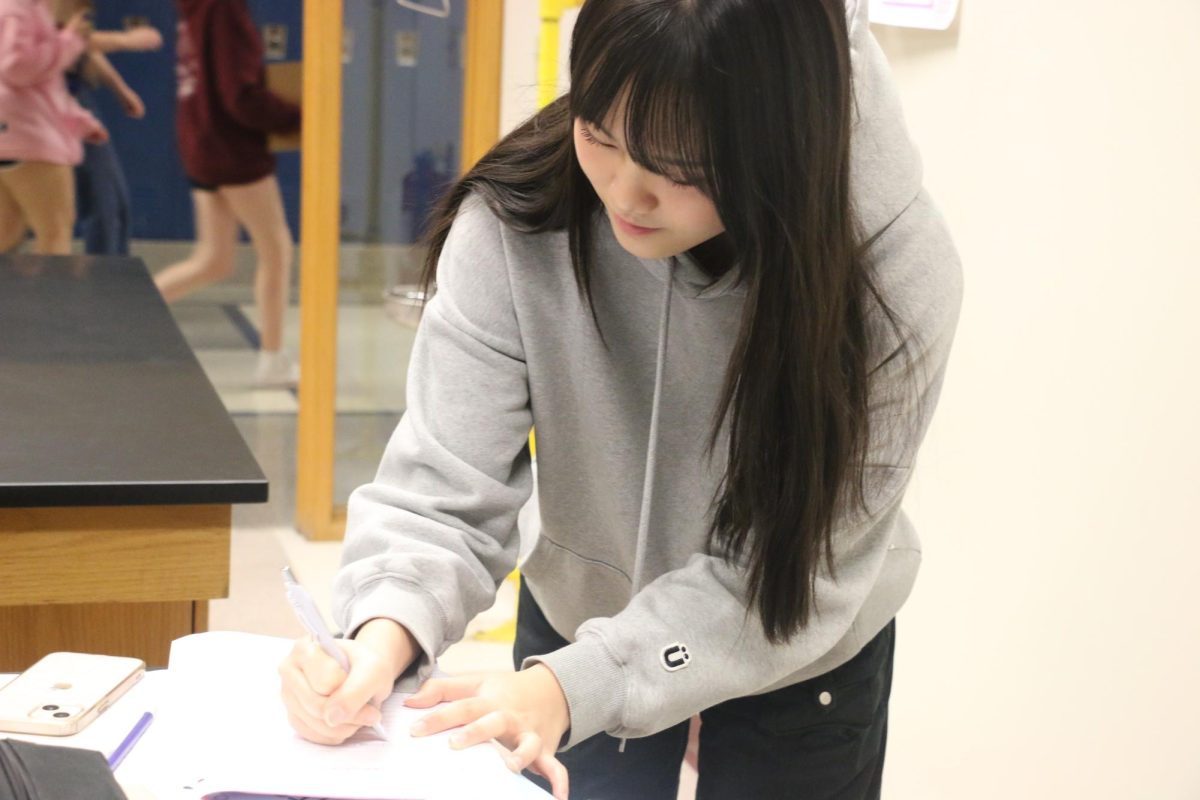







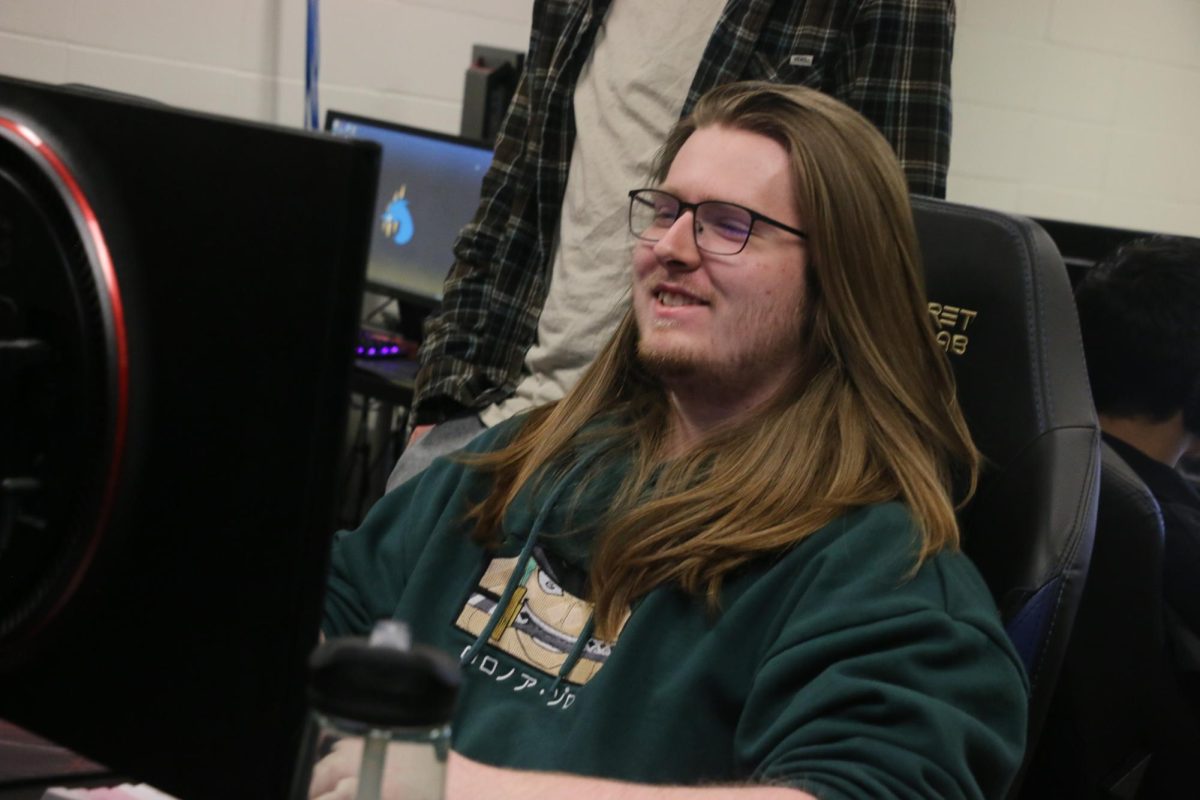
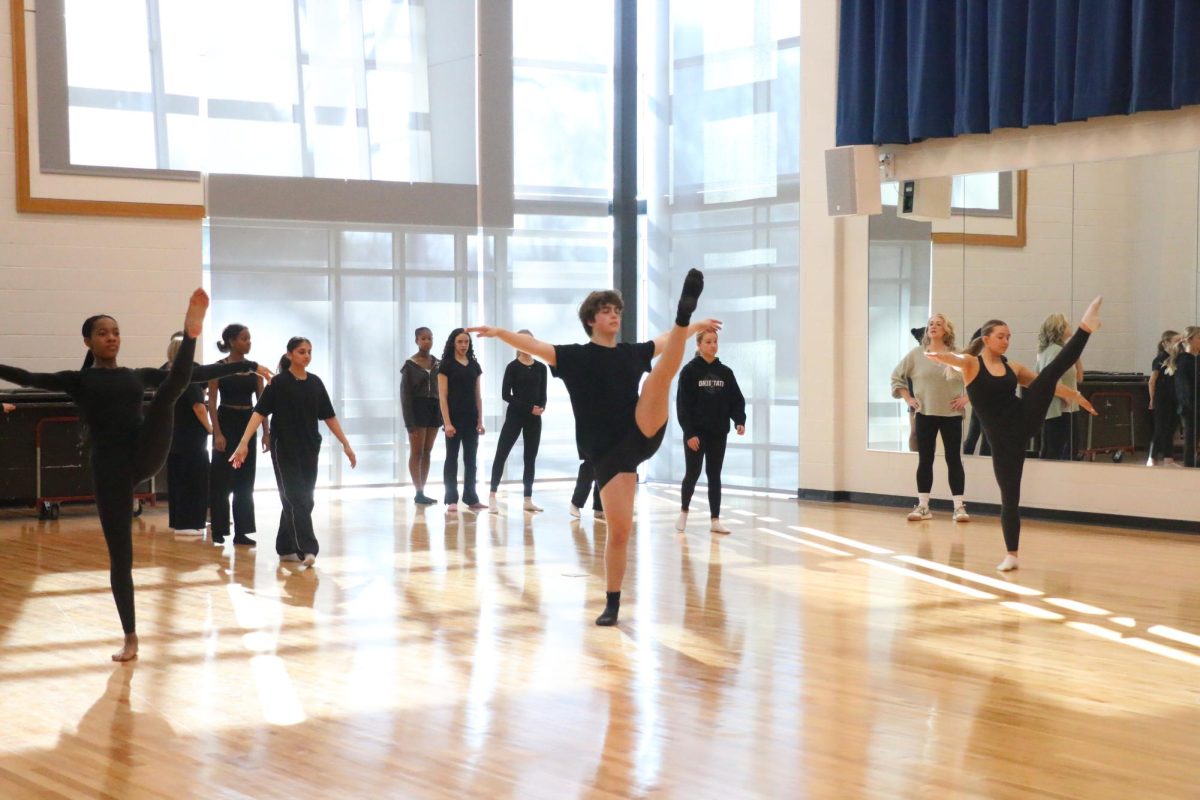


![AI in films like "The Brutalist" is convenient, but shouldn’t take priority [opinion]](https://hilite.org/wp-content/uploads/2025/02/catherine-cover-1200x471.jpg)


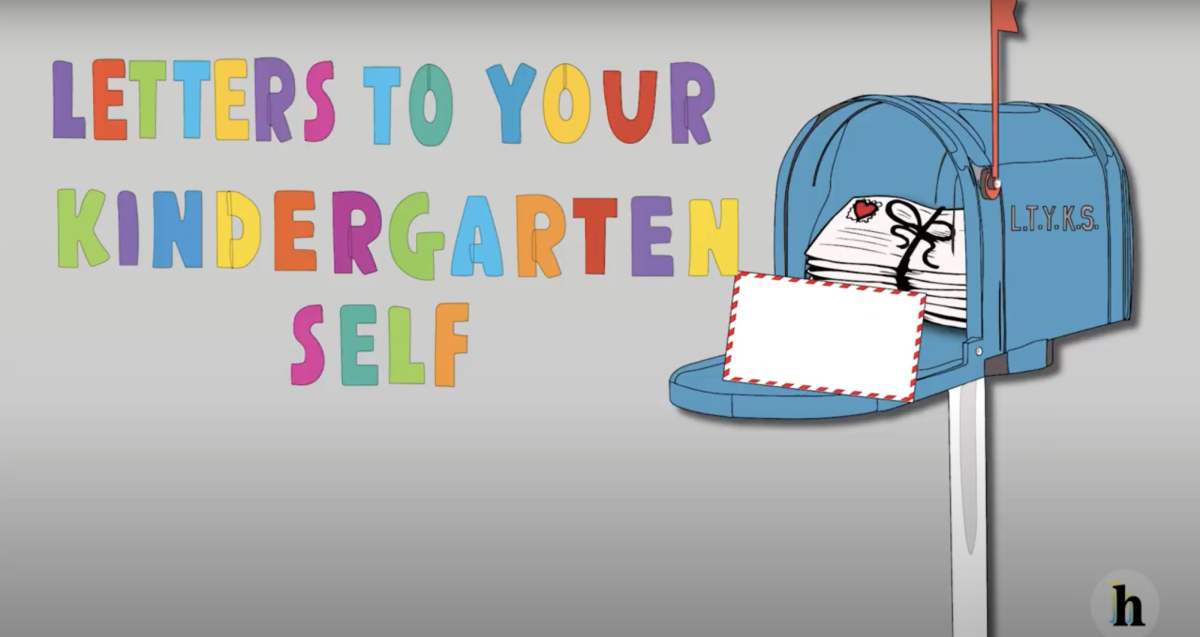

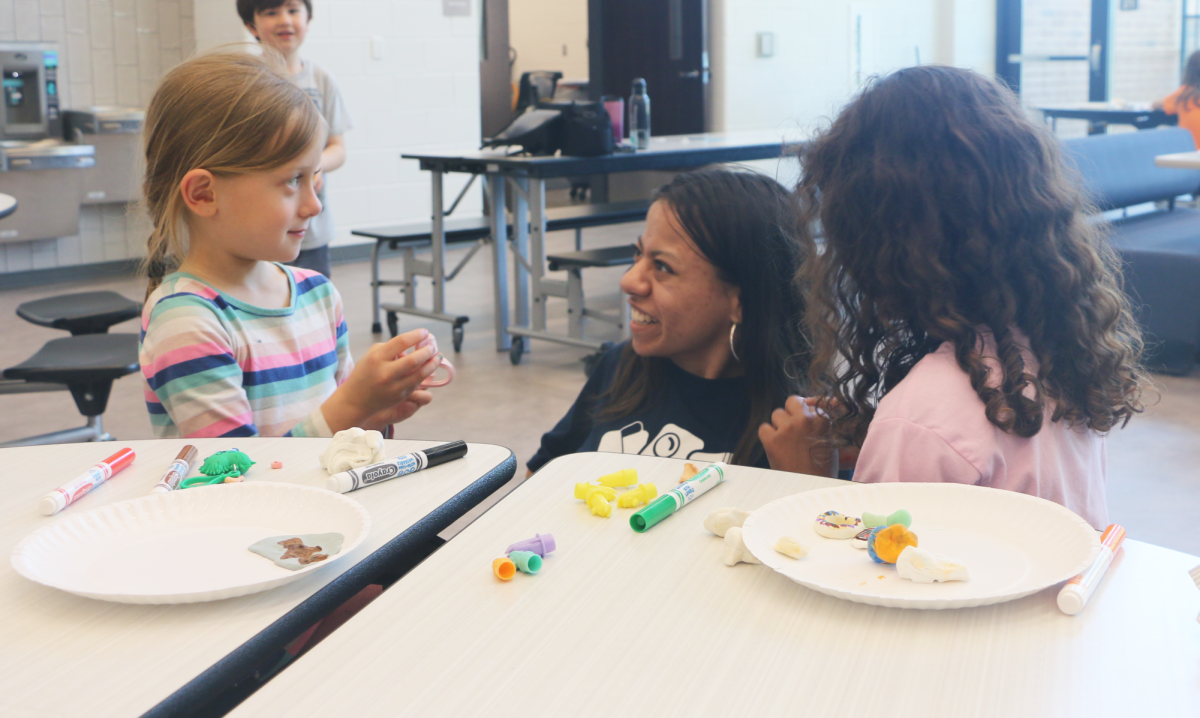


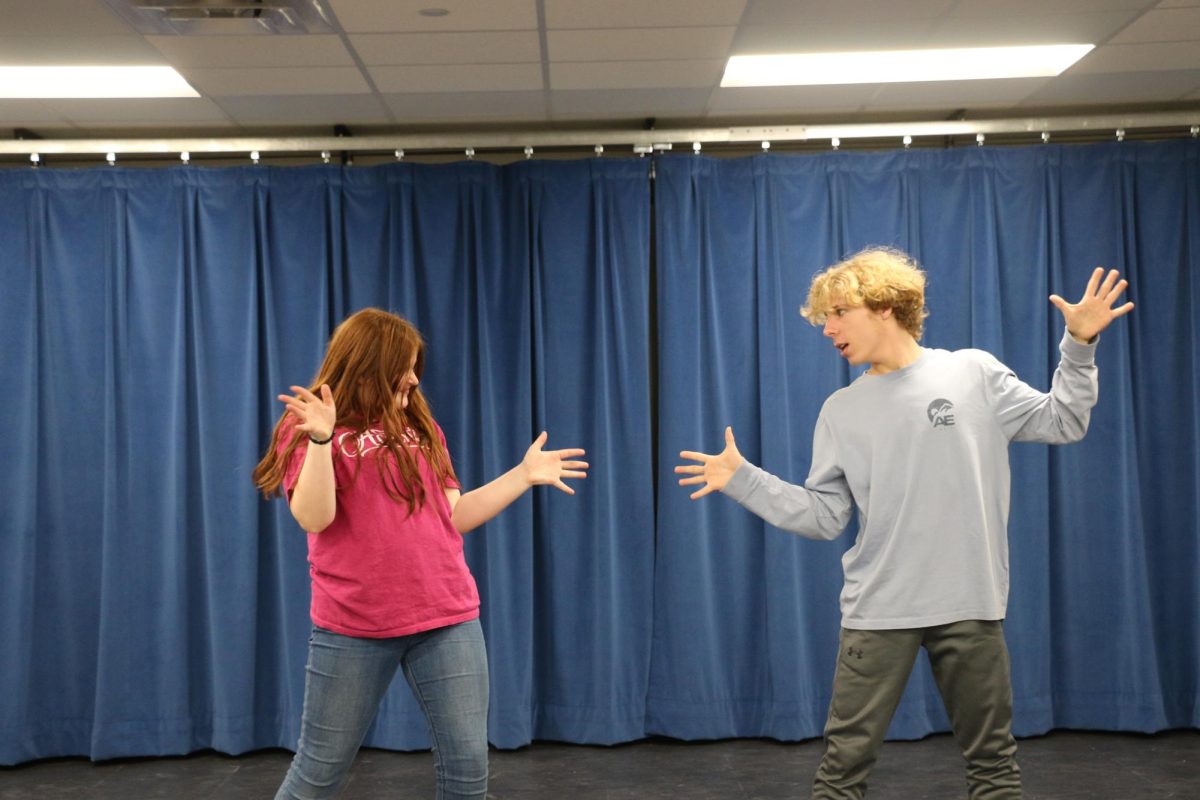




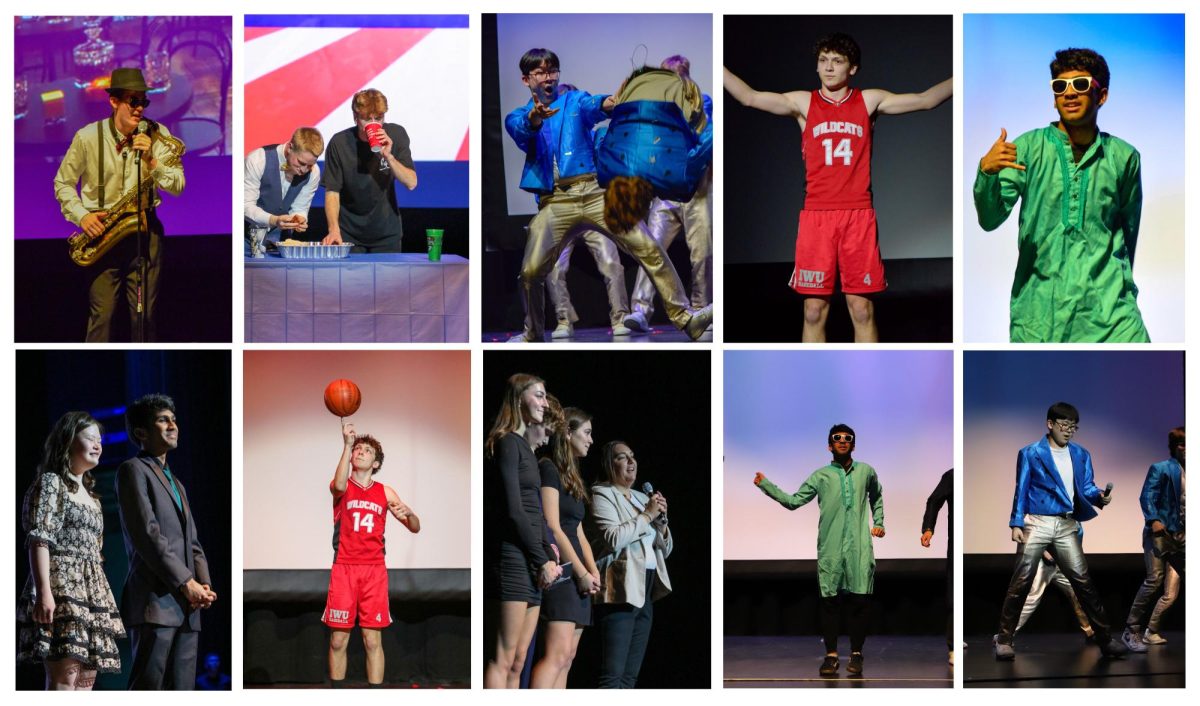


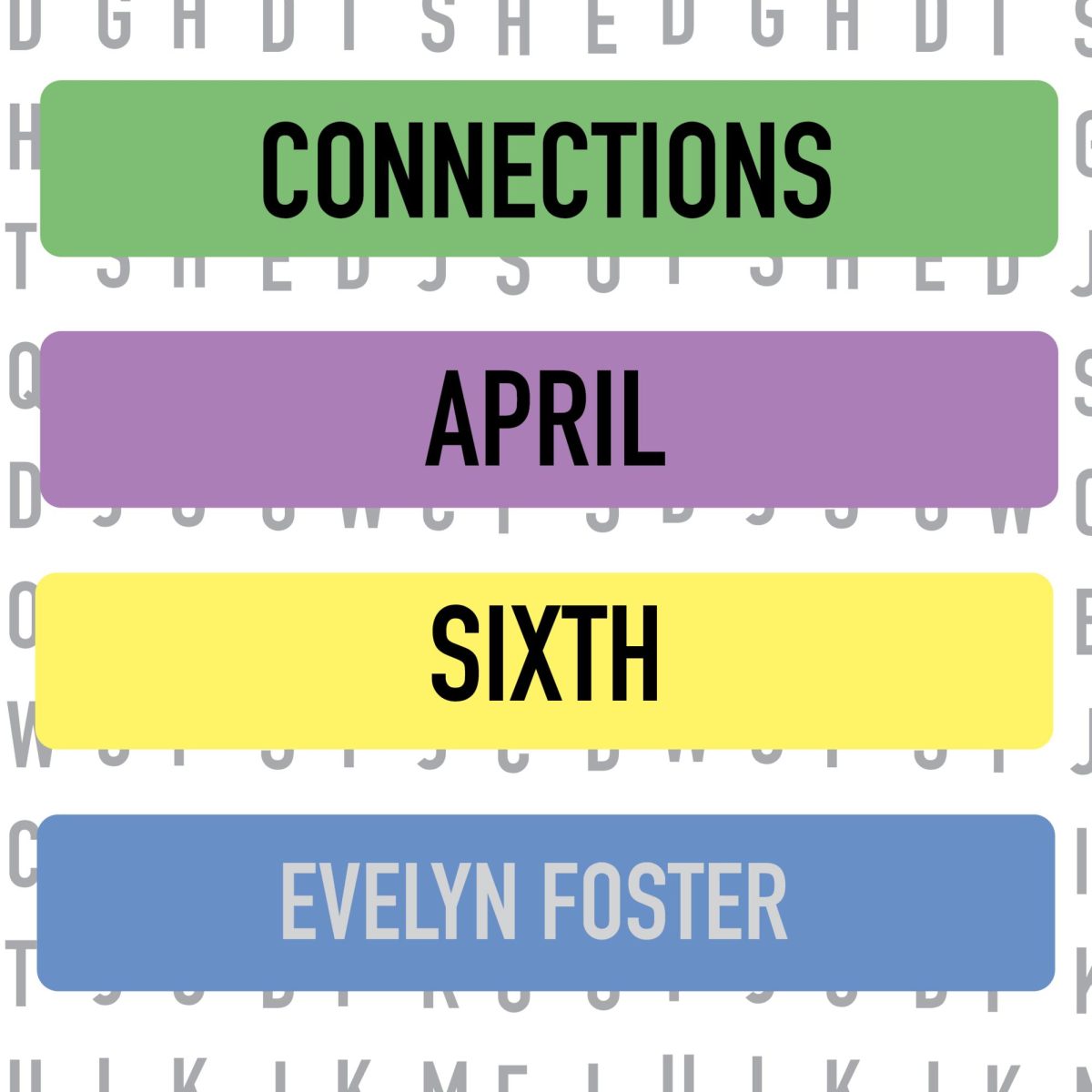
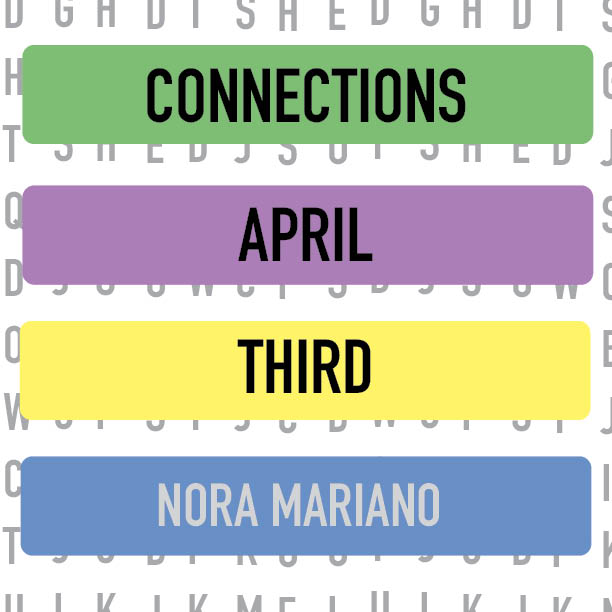


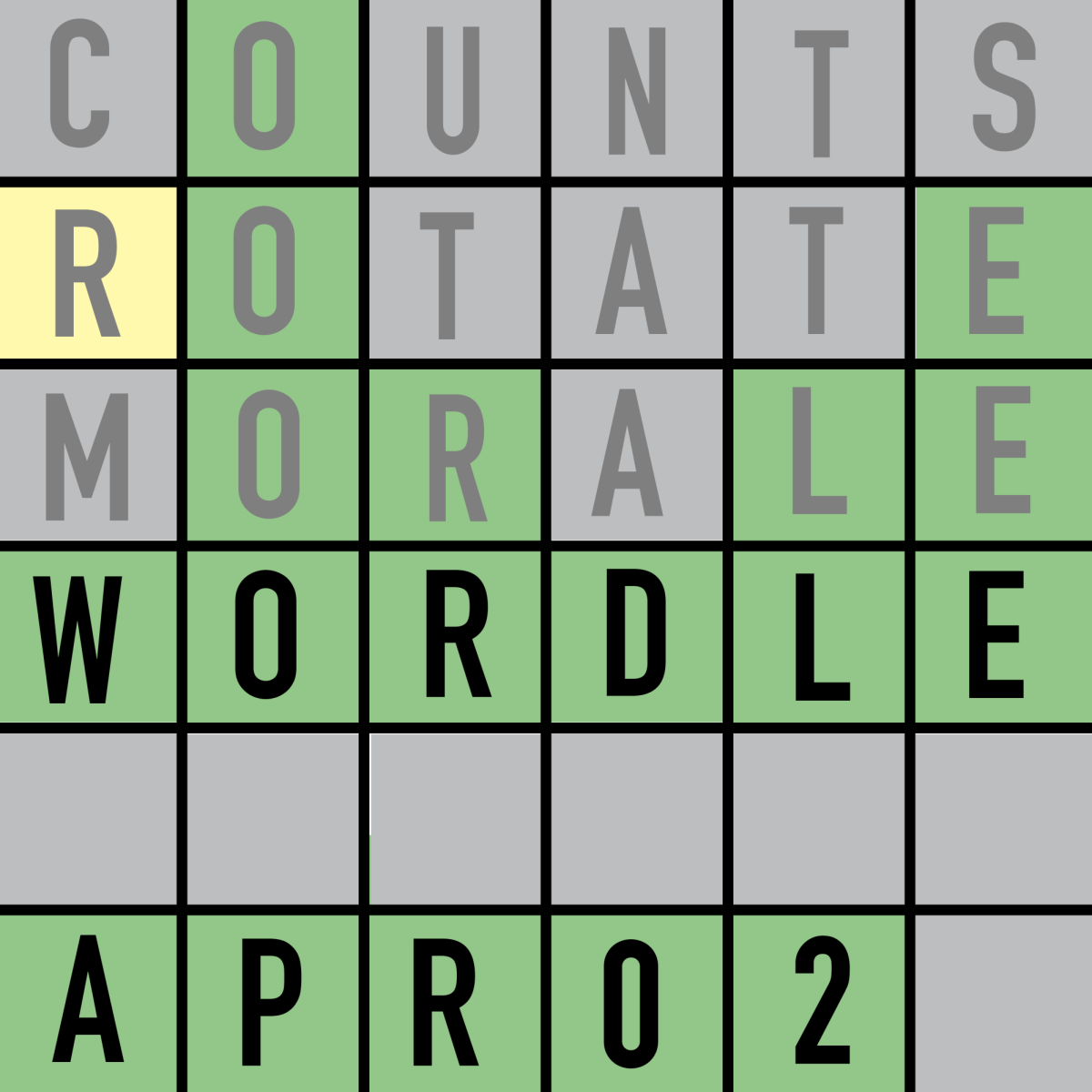


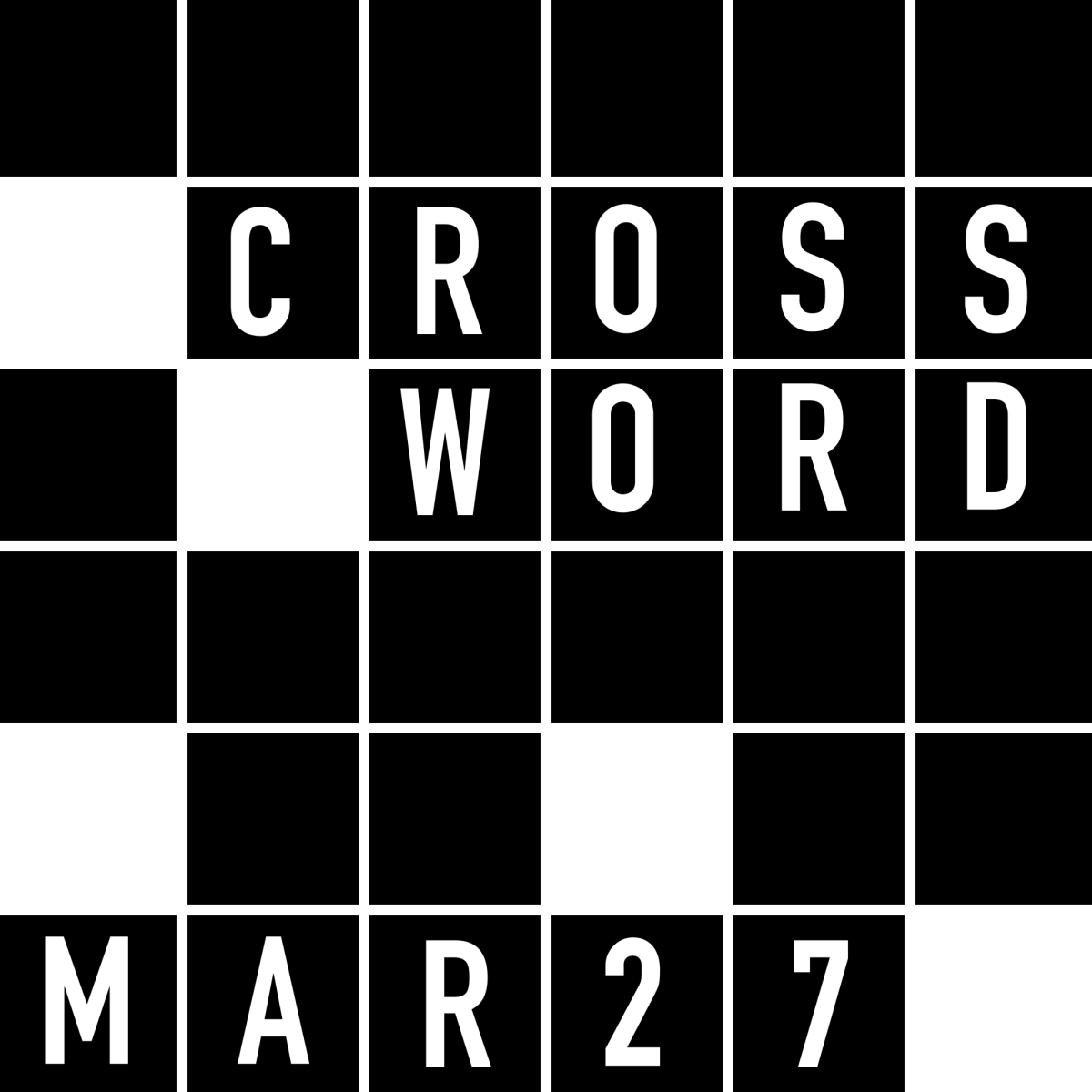
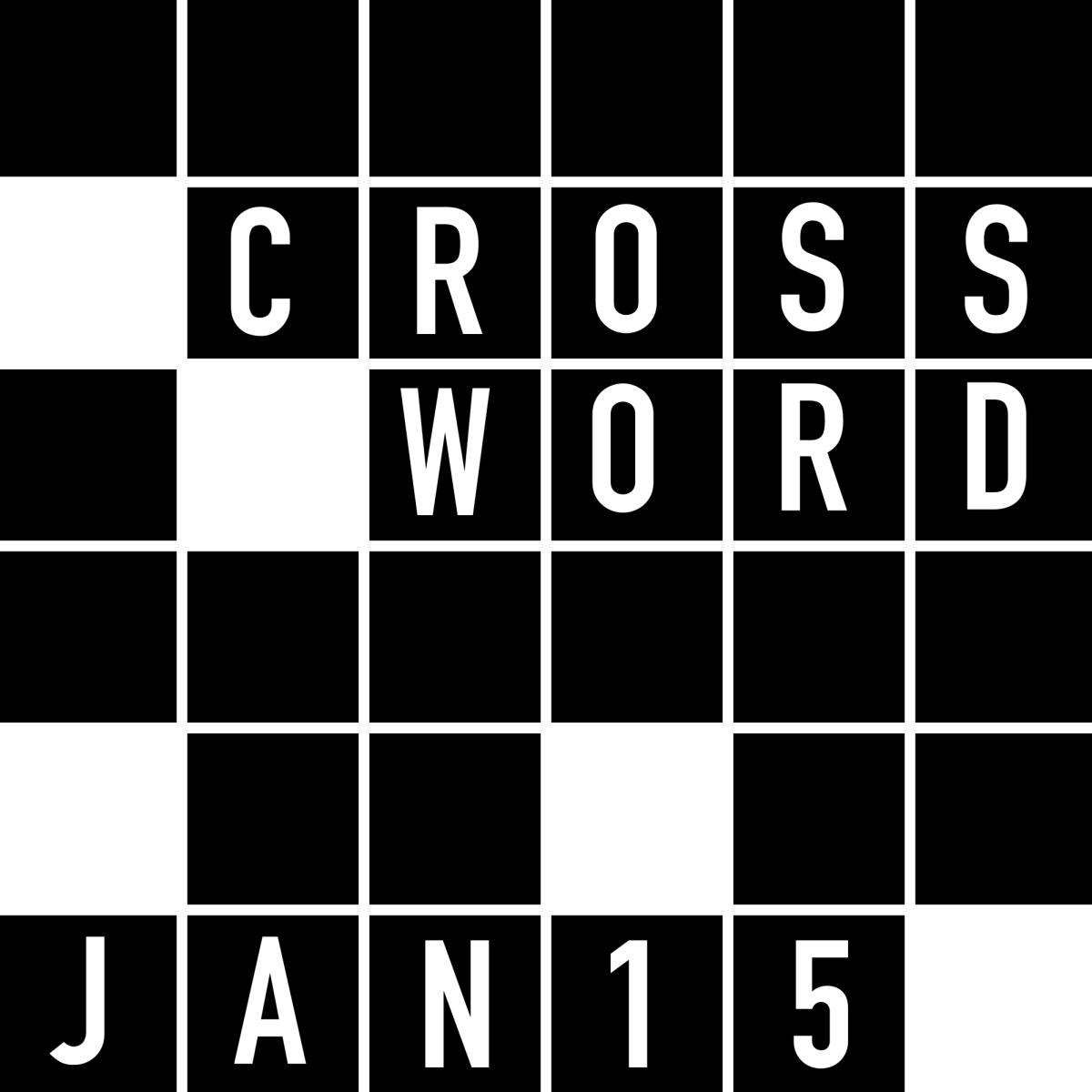
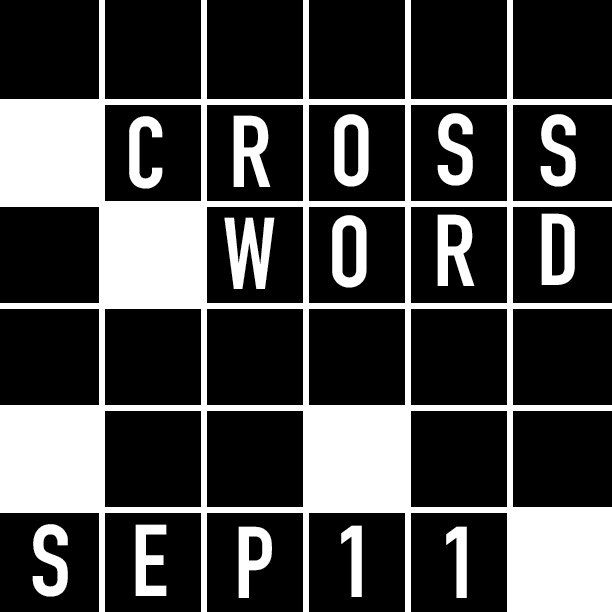
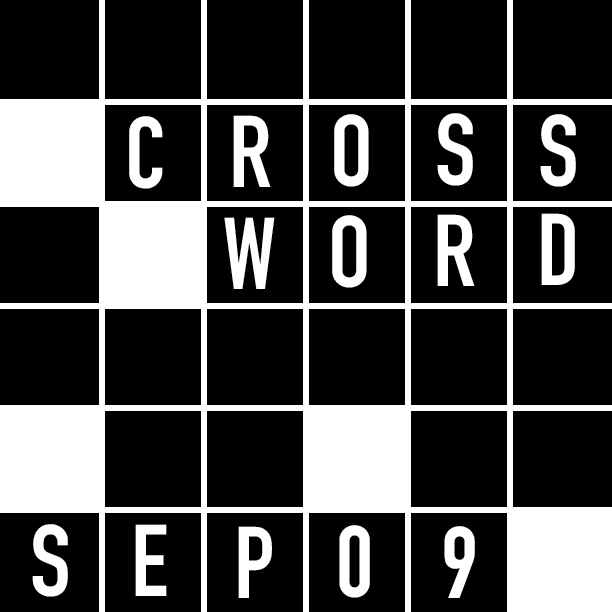
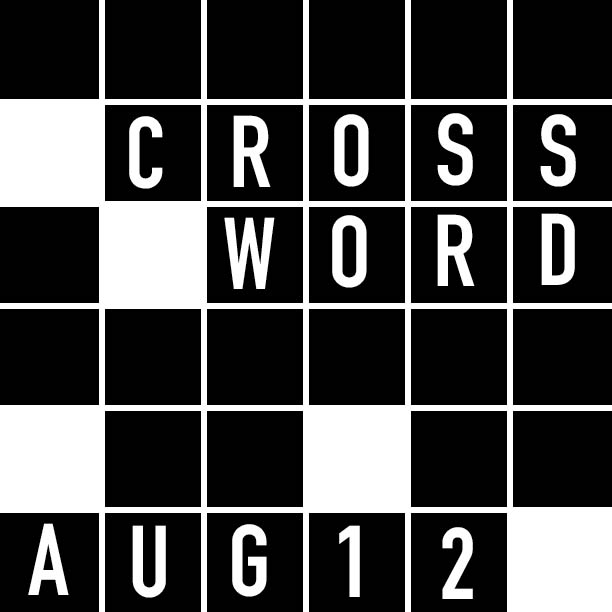
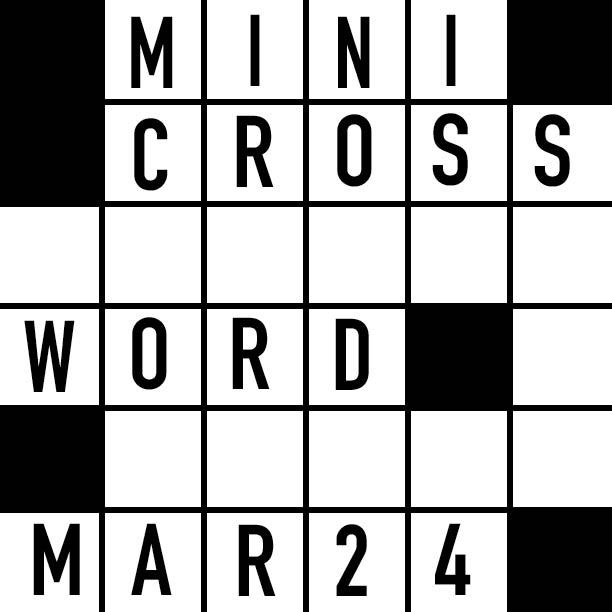
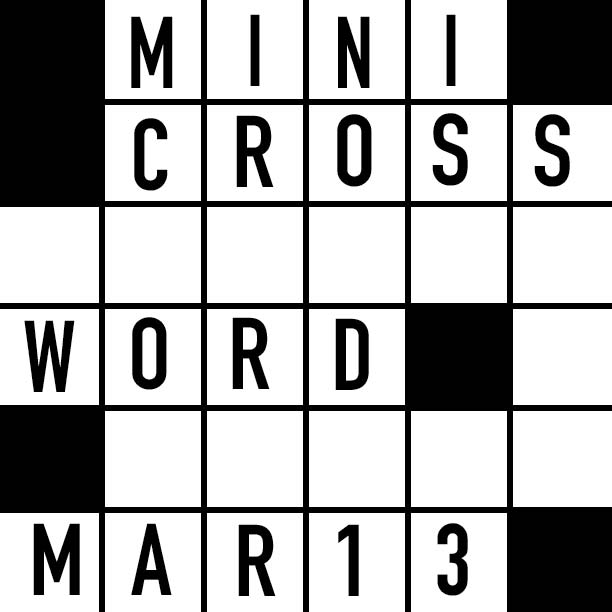
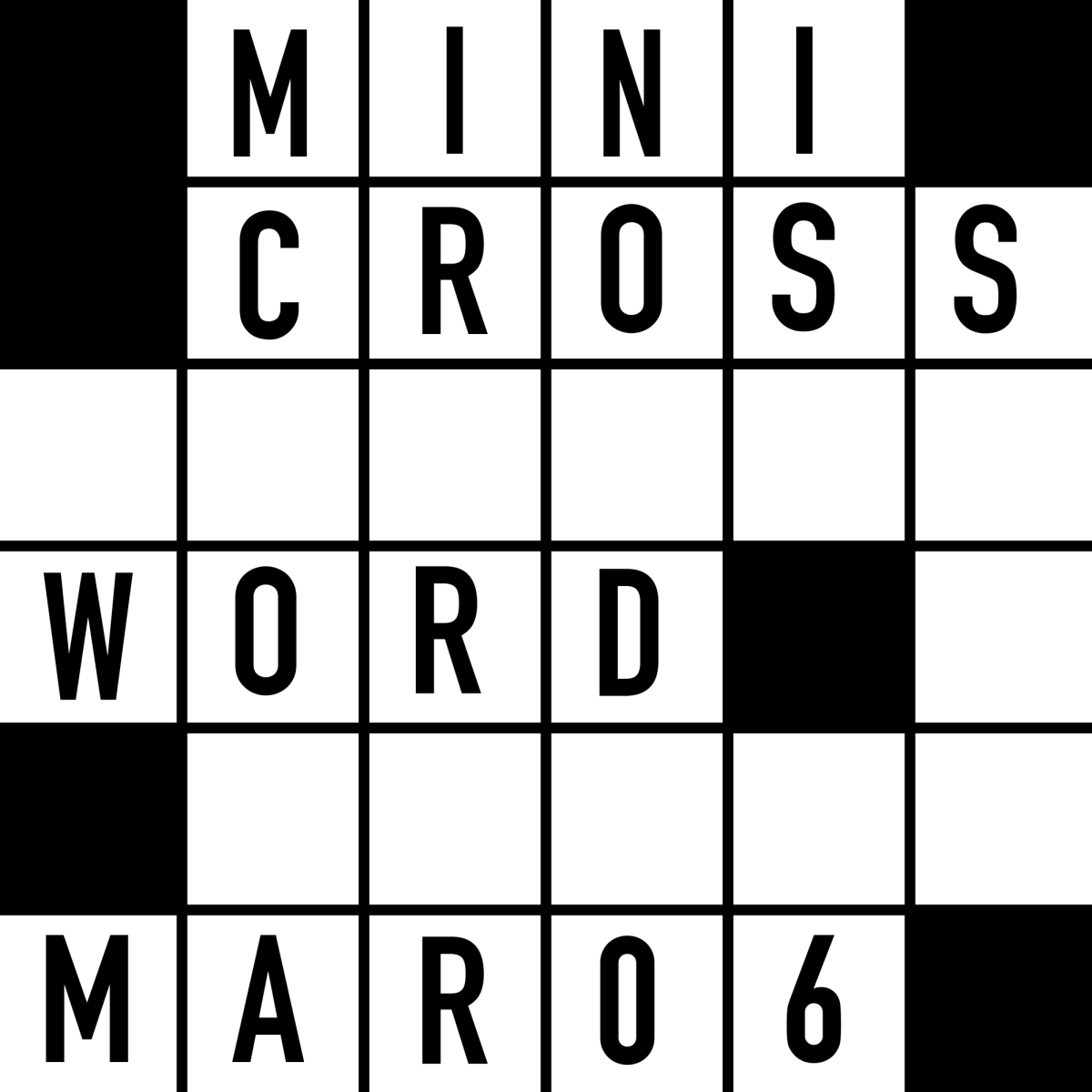
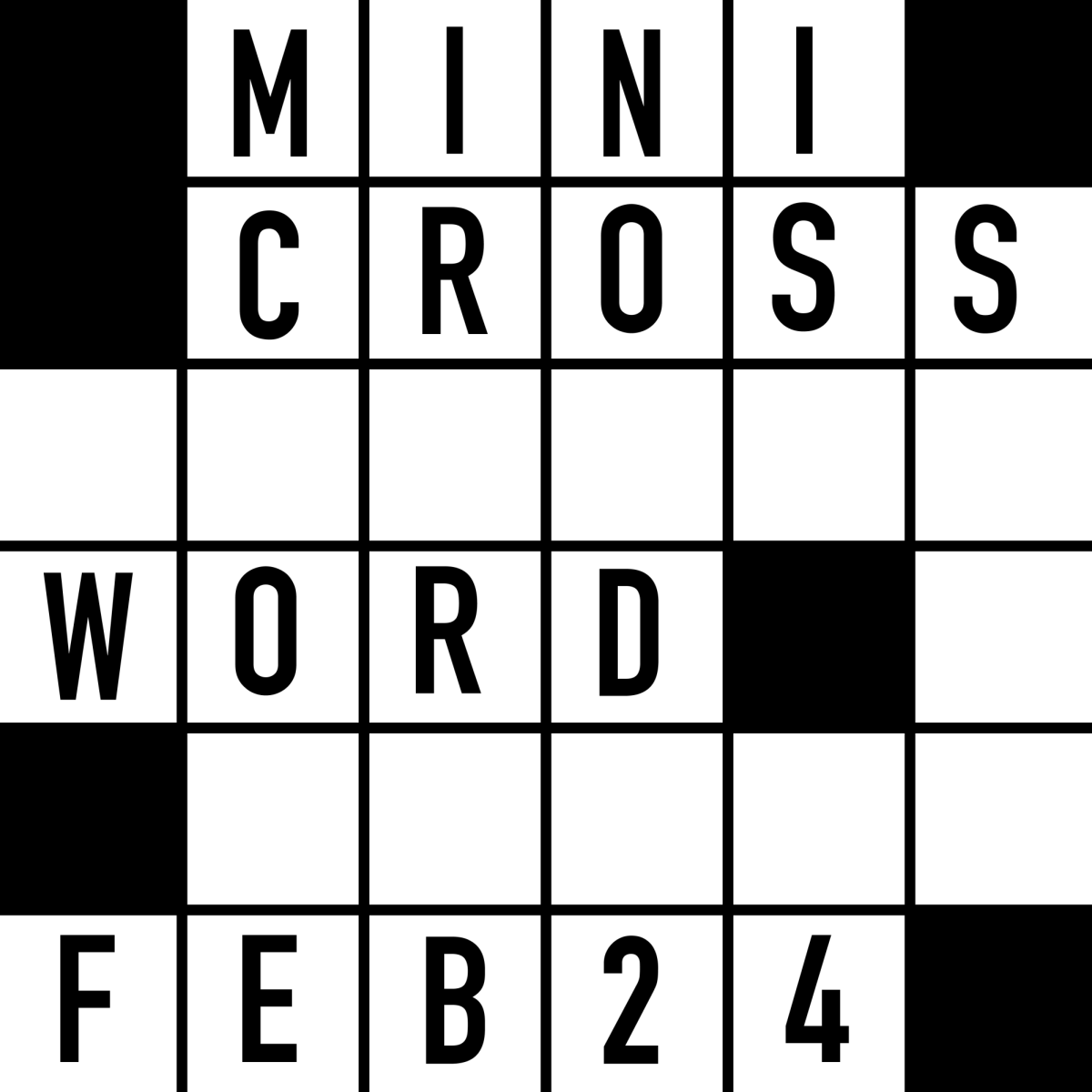
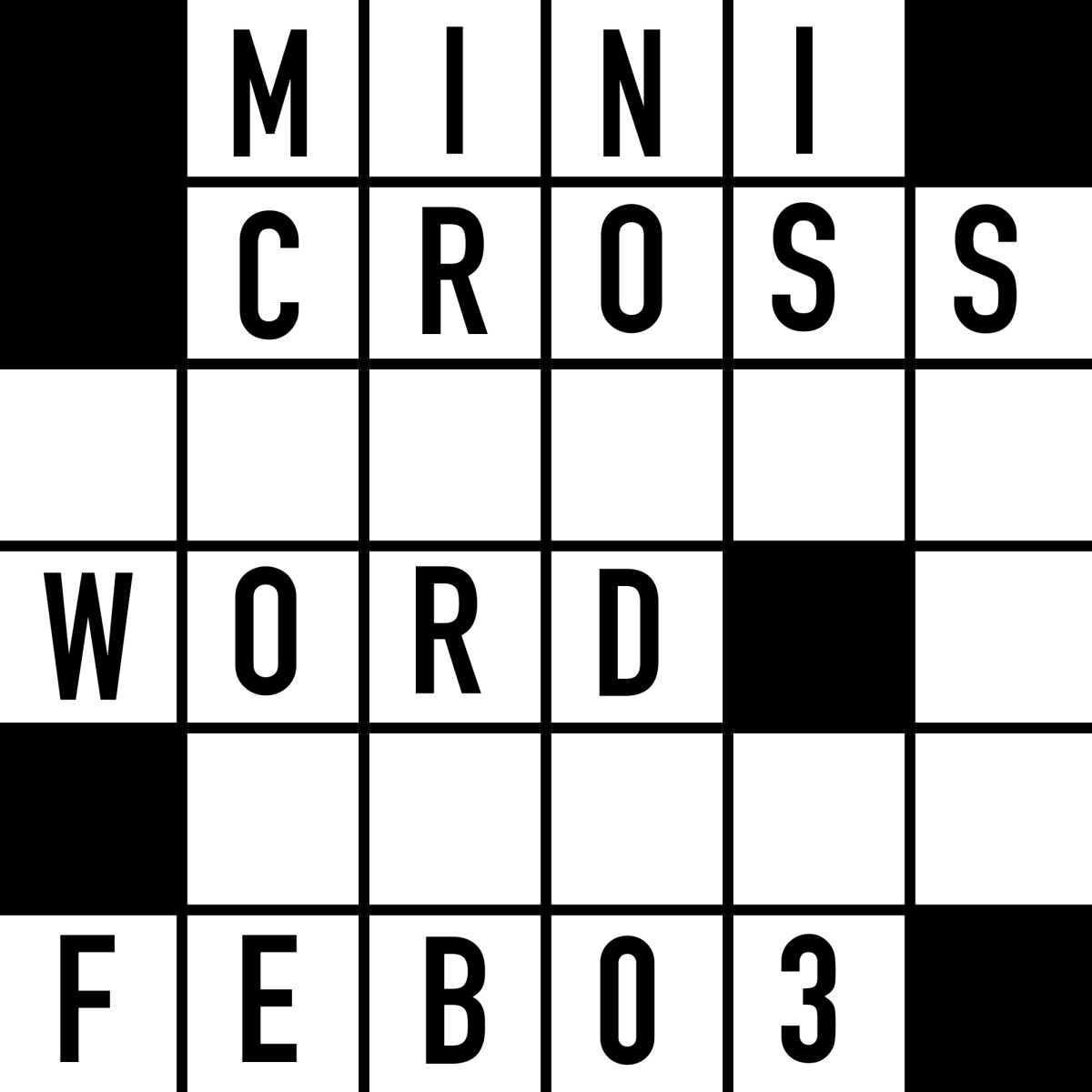

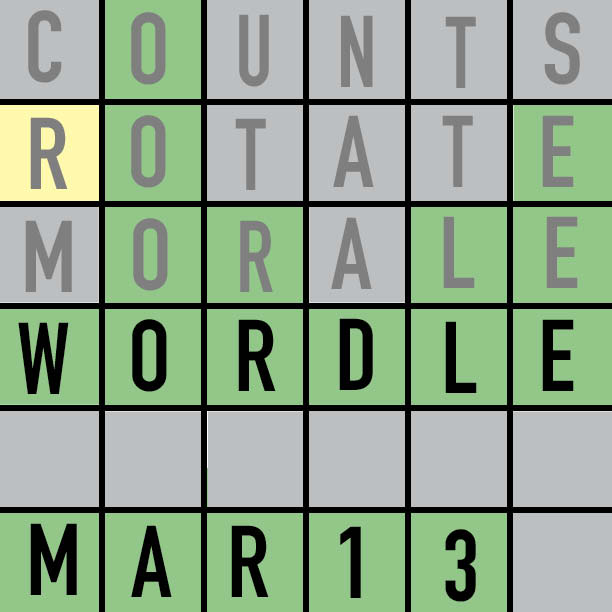
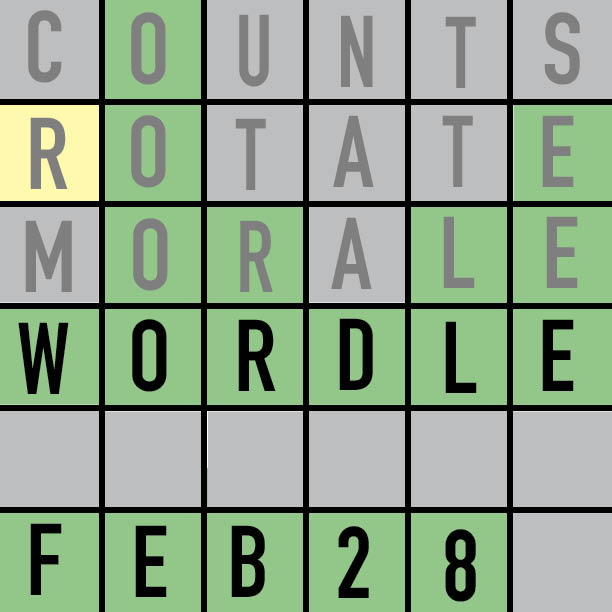



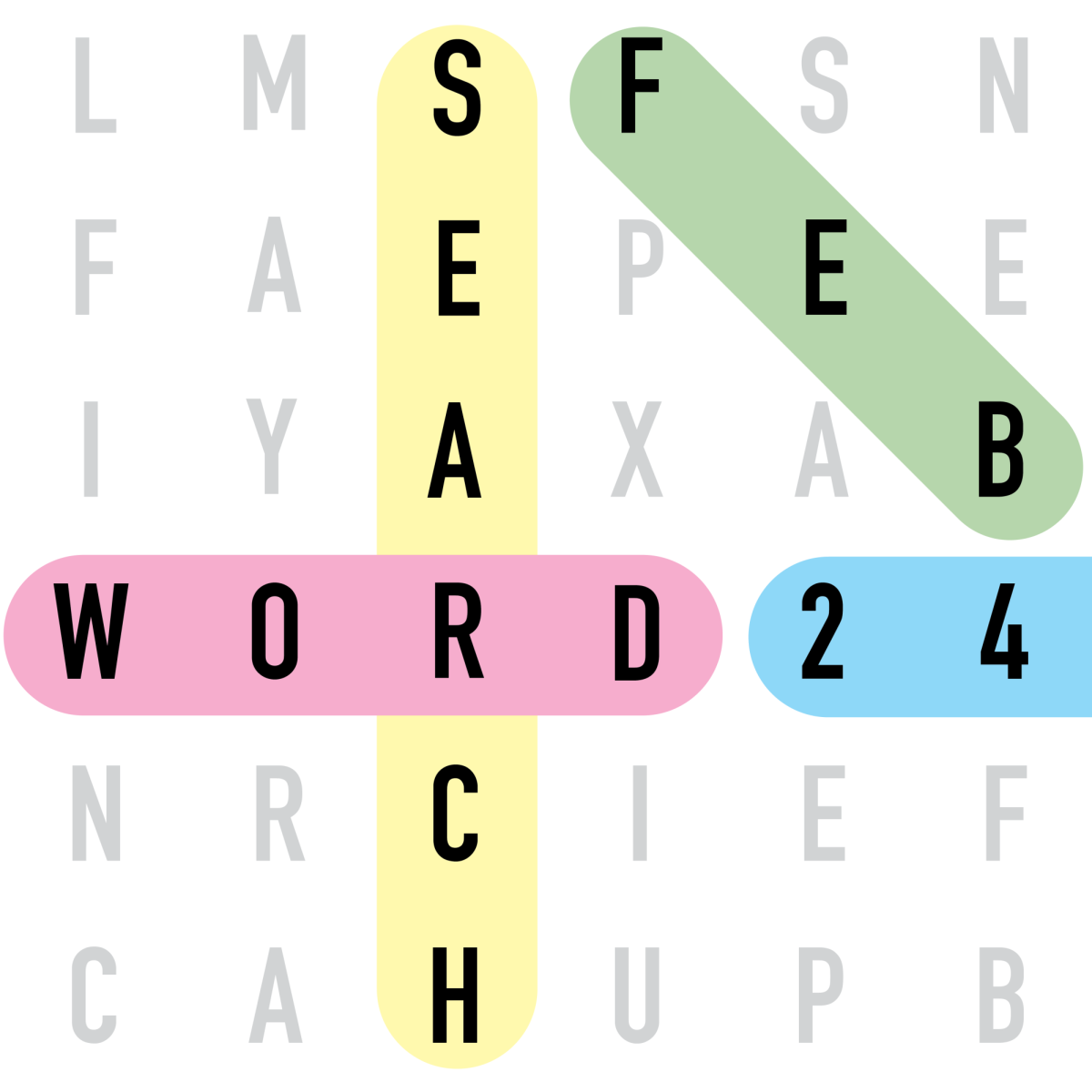
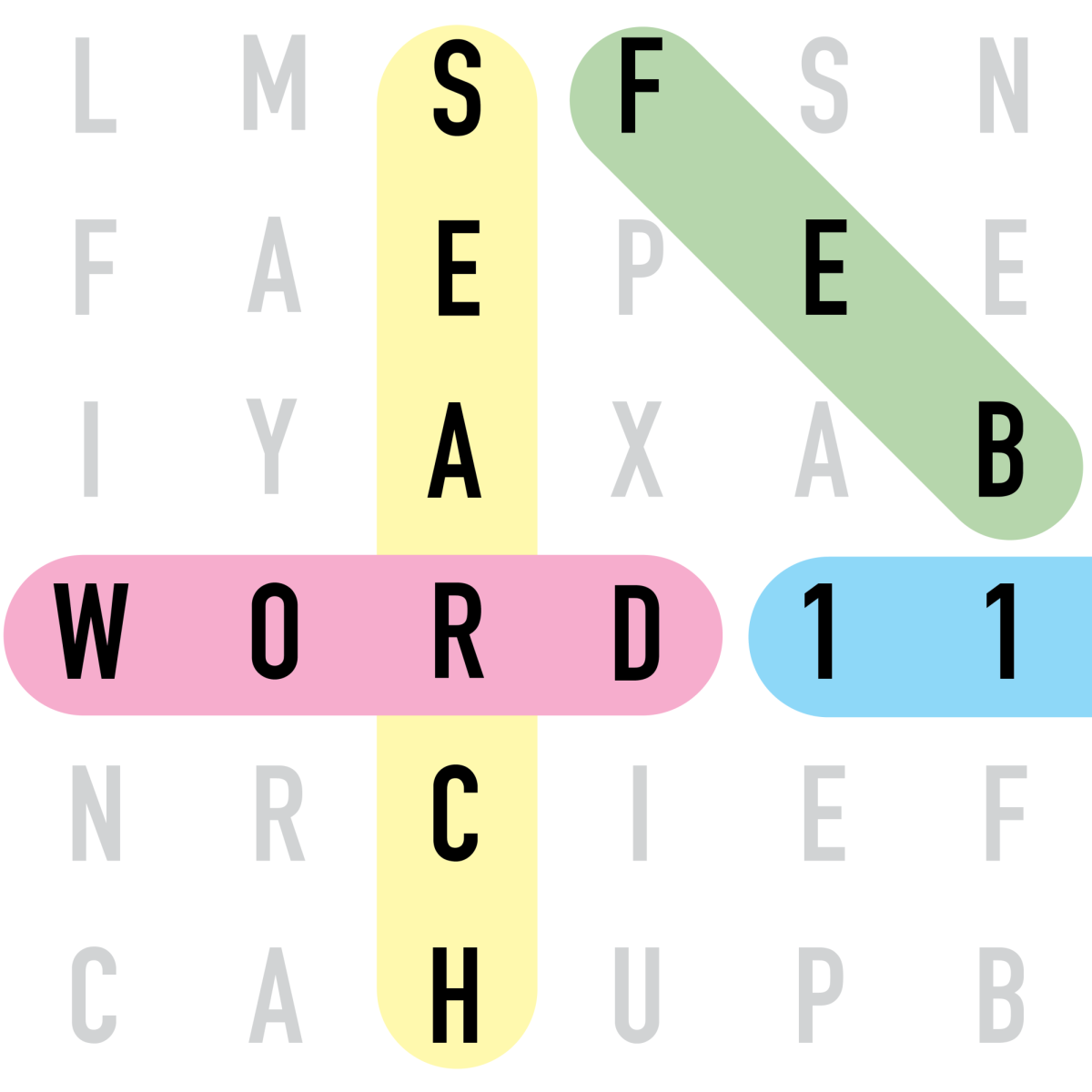
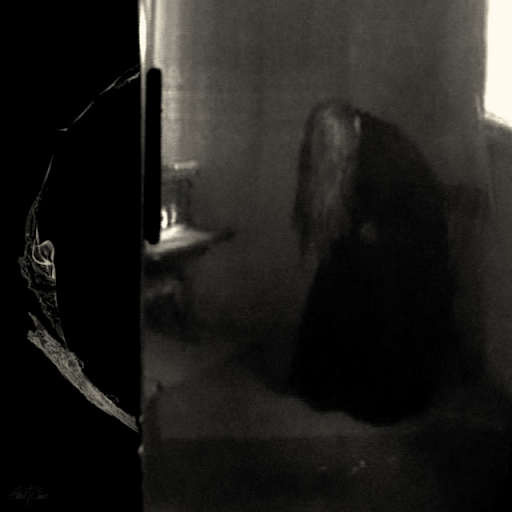
![Review: “The Immortal Soul Salvage Yard:” A criminally underrated poetry collection [MUSE]](https://hilite.org/wp-content/uploads/2025/03/71cju6TvqmL._AC_UF10001000_QL80_.jpg)
![Review: "Dog Man" is Unapologetically Chaotic [MUSE]](https://hilite.org/wp-content/uploads/2025/03/dogman-1200x700.jpg)
![Review: "Ne Zha 2": The WeChat family reunion I didn’t know I needed [MUSE]](https://hilite.org/wp-content/uploads/2025/03/unnamed-4.png)
![Review in Print: Maripaz Villar brings a delightfully unique style to the world of WEBTOON [MUSE]](https://hilite.org/wp-content/uploads/2023/12/maripazcover-1200x960.jpg)
![Review: “The Sword of Kaigen” is a masterpiece [MUSE]](https://hilite.org/wp-content/uploads/2023/11/Screenshot-2023-11-26-201051.png)
![Review: Gateron Oil Kings, great linear switches, okay price [MUSE]](https://hilite.org/wp-content/uploads/2023/11/Screenshot-2023-11-26-200553.png)
![Review: “A Haunting in Venice” is a significant improvement from other Agatha Christie adaptations [MUSE]](https://hilite.org/wp-content/uploads/2023/11/e7ee2938a6d422669771bce6d8088521.jpg)
![Review: A Thanksgiving story from elementary school, still just as interesting [MUSE]](https://hilite.org/wp-content/uploads/2023/11/Screenshot-2023-11-26-195514-987x1200.png)
![Review: "When I Fly Towards You", cute, uplifting youth drama [MUSE]](https://hilite.org/wp-content/uploads/2023/09/When-I-Fly-Towards-You-Chinese-drama.png)
![Postcards from Muse: Hawaii Travel Diary [MUSE]](https://hilite.org/wp-content/uploads/2023/09/My-project-1-1200x1200.jpg)
![Review: "Ladybug & Cat Noir: The Movie," departure from original show [MUSE]](https://hilite.org/wp-content/uploads/2023/09/Ladybug__Cat_Noir_-_The_Movie_poster.jpg)
![Review in Print: "Hidden Love" is the cute, uplifting drama everyone needs [MUSE]](https://hilite.org/wp-content/uploads/2023/09/hiddenlovecover-e1693597208225-1030x1200.png)
![Review in Print: "Heartstopper" is the heartwarming queer romance we all need [MUSE]](https://hilite.org/wp-content/uploads/2023/08/museheartstoppercover-1200x654.png)

